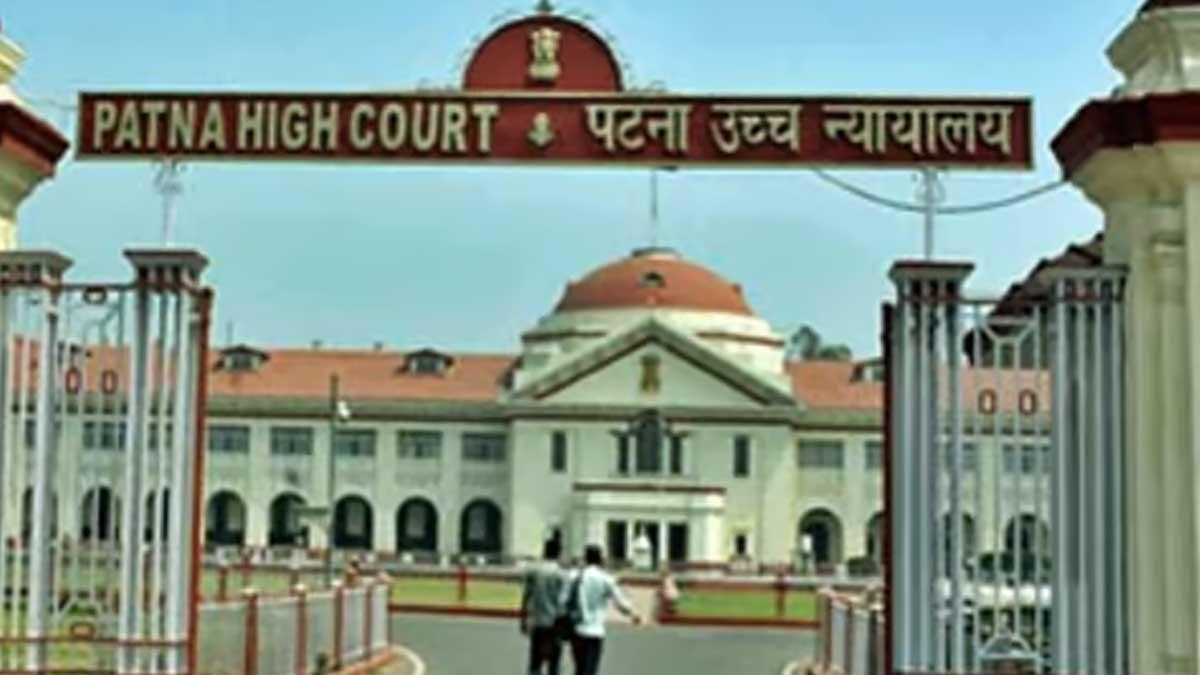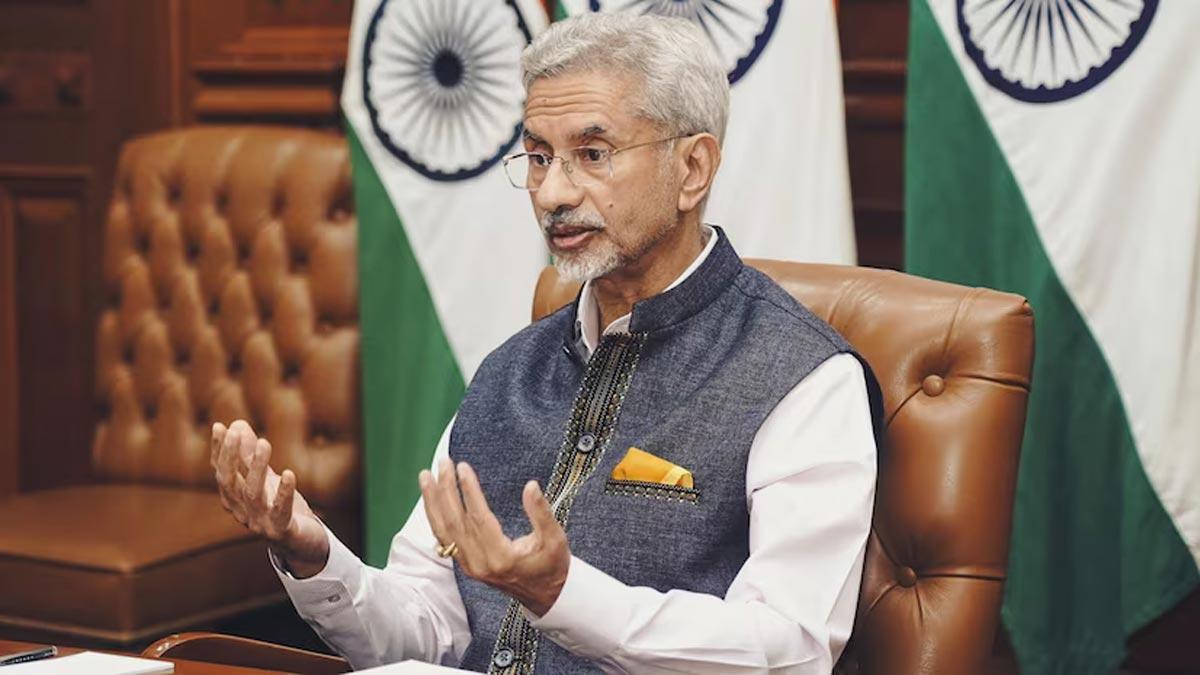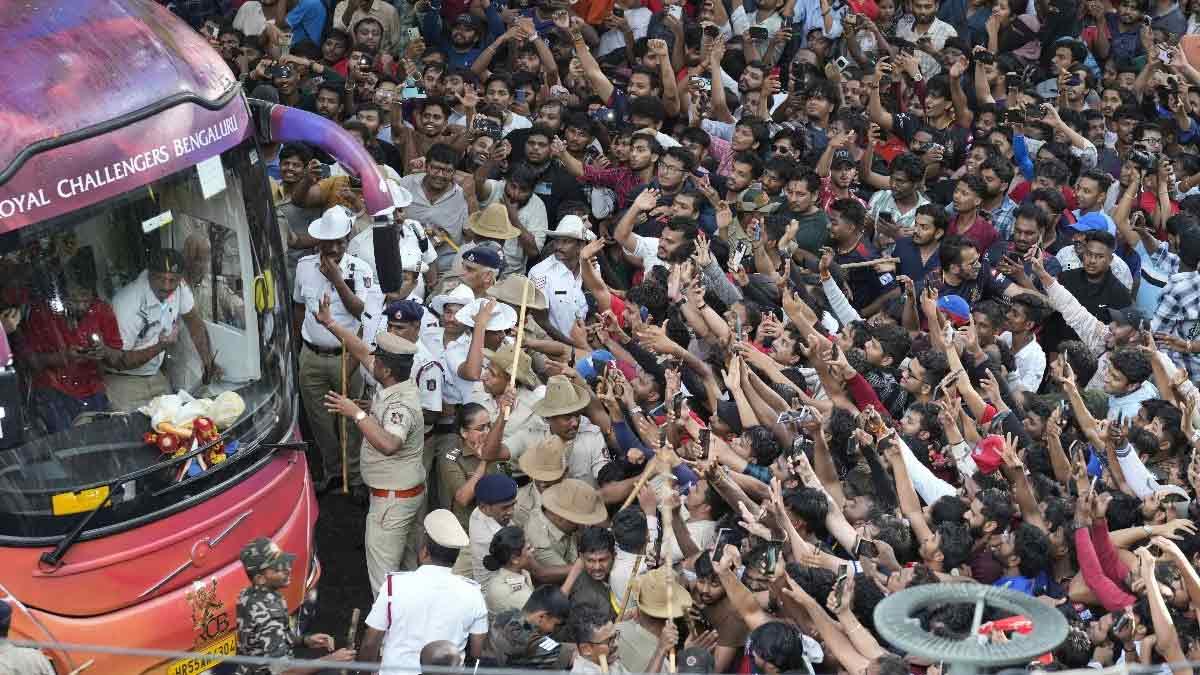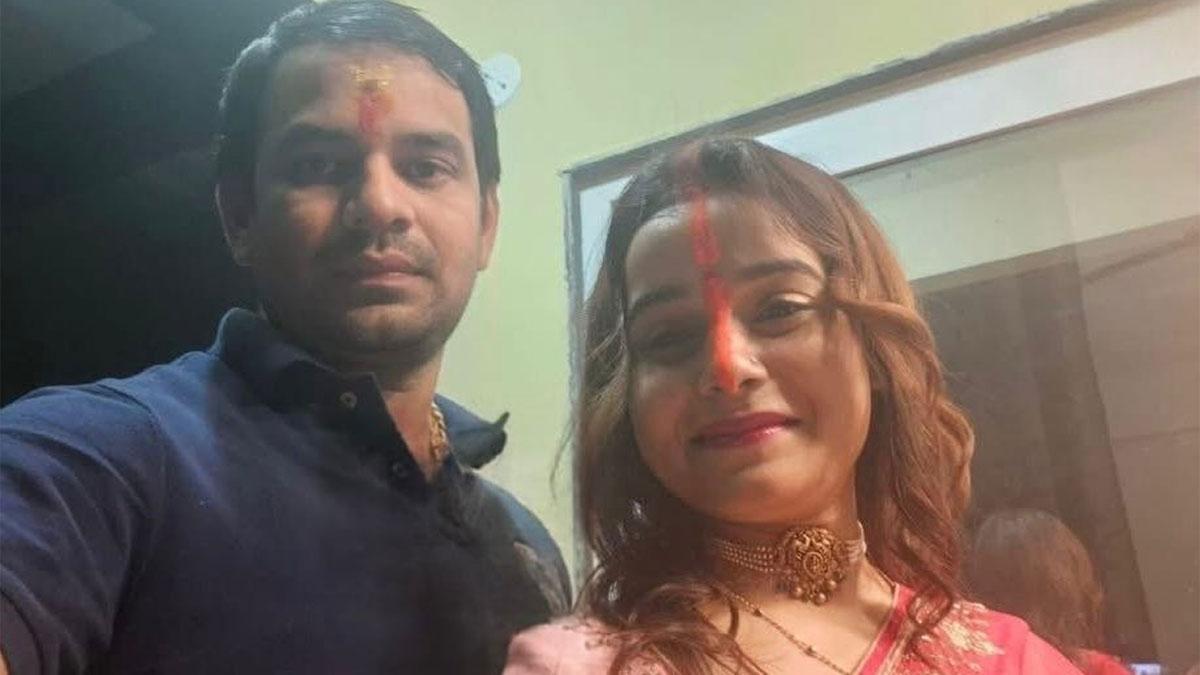The Bihar government was in for a jolt as the Patna High Court quashed its last year's order, according to which the quota limit for Dalits, backward classes, and tribals stood improved from the existing 50 percent to 65 percent. A Bench disposed of a slew of petitions challenging the legislation brought out by the State government in November 2023.
After a detailed demographic survey of the castes, increasing quota discretions were decided upon, which gave updated population estimates of SCs, STs, OBCs, and EBCs in Bihar. Surveying the government's praises this move got for being popular indicated that petitioners found it violative of part III of Articles 14, 16, and 20, Constitution of India, which assure equality before law, guarantee of equal opportunity in employment, and some rights in criminal proceedings, respectively.
Appearing for the petitioners, counsel referred to Supreme Court judgments starting from the Indra Sawhney case to some of the recent orders concerning reservations for Marathas for a cap of 50 per cent on reservations and submitted that even after the introduction of quotas for EWS, which had also been replicated in Bihar, and the sum total of reservation had crossed this cap.
The state government had in October last year done the caste survey, as the Centre refused to include social group headcounts other than SCs and STs in the census. OBCs and EBCs together accounted for 63% of Bihar's population in this headcount, while the percentage of SCs and STs together was accounted for at more than 21%.
Apart from this, the Bihar government also explored insulating the revised reservation laws in the Ninth Schedule of the Constitution, which is immunized against a plethora of laws from judicial scrutiny. This exercise was undertaken for the purpose of protecting increased quotas that have set off a national furore involving public and political debate.
The political fallout was also seen in the dynamics of the ruling coalition in Bihar, where promises by the Congress to carry out a national caste survey if it came to power at the Centre held sway. It is at this stage that the BJP, which came back to power in Bihar as all this was playing out, threw the spotlight on its own role in initiating the caste survey as far back as that pivotal year of 2022, when it was part of the ruling coalition.
What the High Court at Patna has done is to tread the tightrope between affirmative action to redress social inequalities and being bound by constitutional limits on reservations.
Read also | IMD Forecasts Below-Normal June Rainfall as Monsoon Progress Slows in India
Read also | US Delegation Meets Dalai Lama, Advocates for Tibetan Autonomy Amidst China's Objections


















